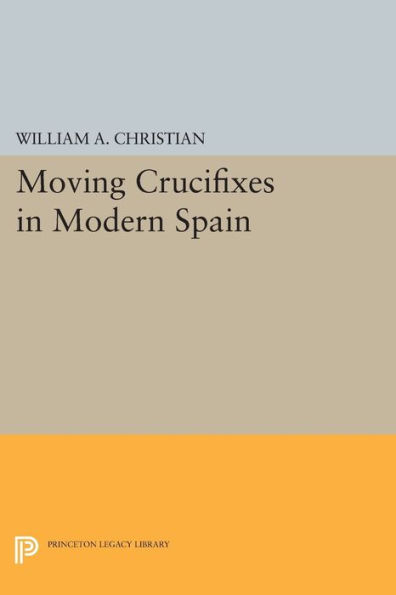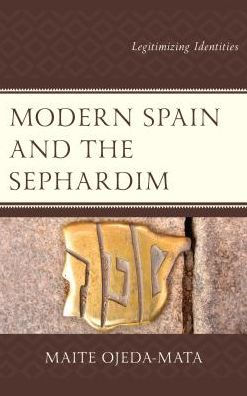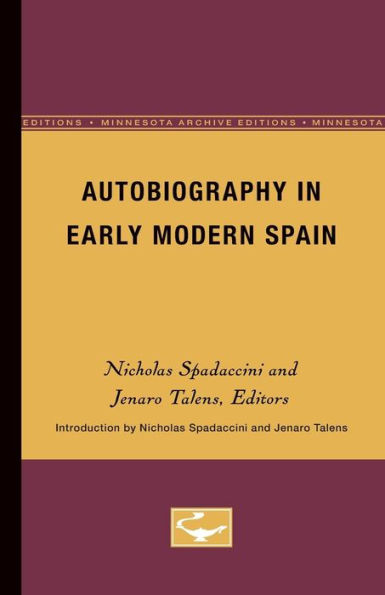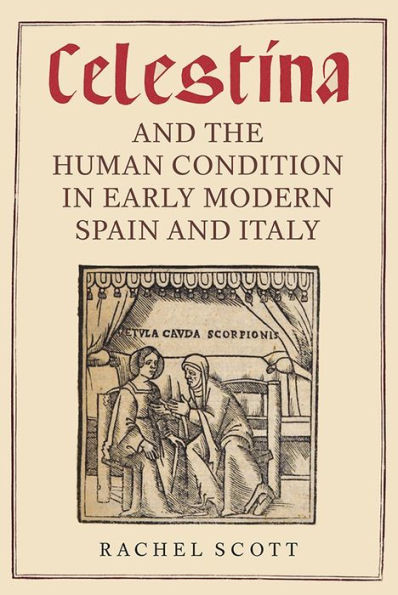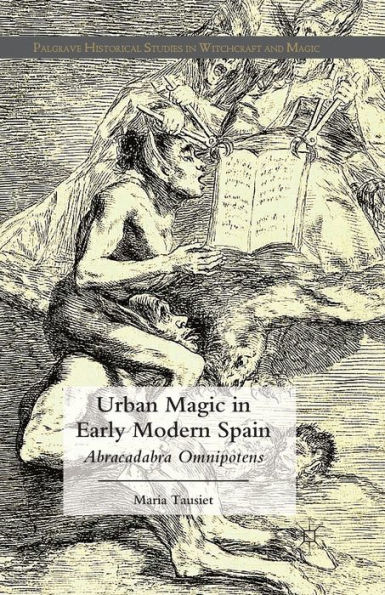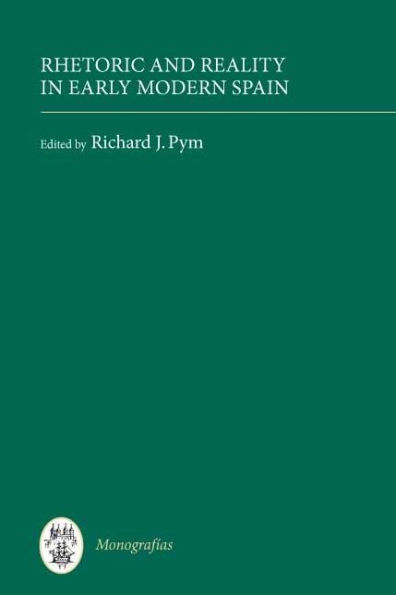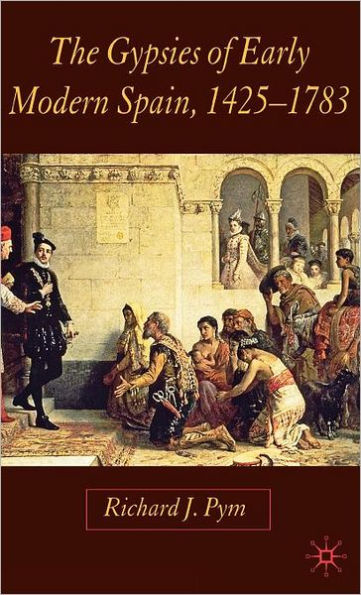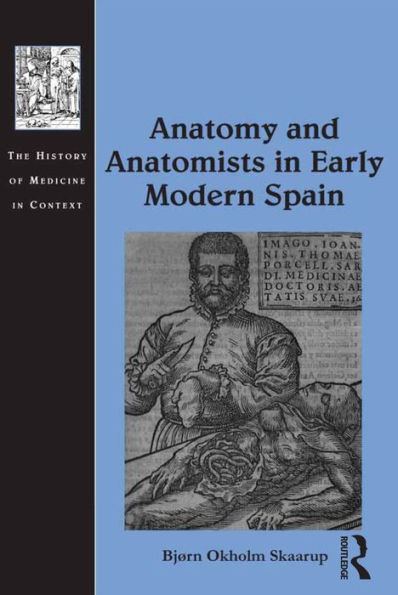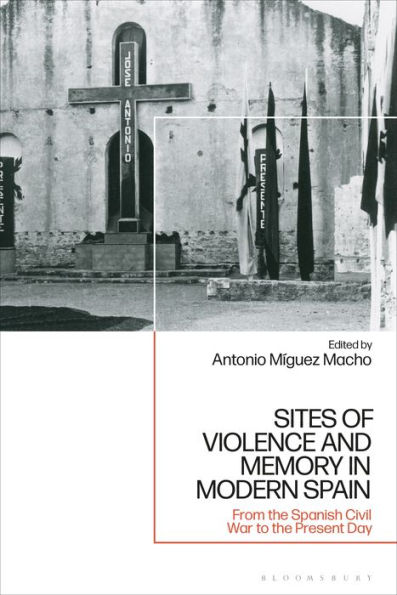Home
Lens, Laboratory, Landscape: Observing Modern Spain
Barnes and Noble
Lens, Laboratory, Landscape: Observing Modern Spain
Current price: $34.95
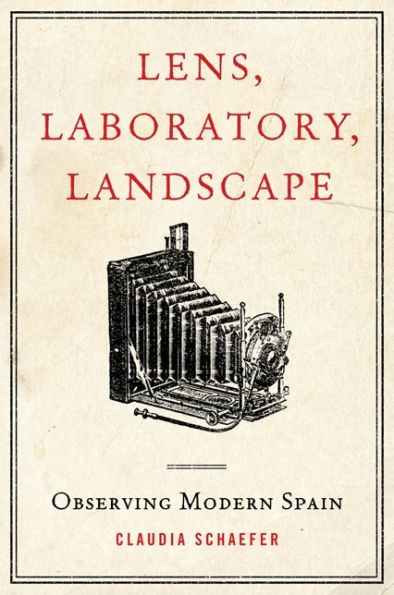

Barnes and Noble
Lens, Laboratory, Landscape: Observing Modern Spain
Current price: $34.95
Size: Paperback
Loading Inventory...
*Product information may vary - to confirm product availability, pricing, shipping and return information please contact Barnes and Noble
Lens, Laboratory, Landscape
focuses on competing views about the power of vision in Spain between the 1830s and the 1950s. The photographic lens, laboratory microscope, "retinal vision" of philosopher José Ortega y Gasset, and the topographical studies of Manuel de Terán are woven together in and around a European cultural milieu that gave observation primacy. For once, Spain—now bereft of its empire—was not on the outside of such debates. Whether in the laboratory, family home, darkroom, art gallery, or on the road, in Cuba or Zaragoza, Madrid or Massachusetts, Spanish artists and scientists were engaged with the social and economic power of observation at a time when the speed of modern life made observing a challenge. Claudia Schaefer brings the technologies of the eye—photograph, microscope, lens, tools for land surveying—to light as markers on the nation's touted path to modernity.
focuses on competing views about the power of vision in Spain between the 1830s and the 1950s. The photographic lens, laboratory microscope, "retinal vision" of philosopher José Ortega y Gasset, and the topographical studies of Manuel de Terán are woven together in and around a European cultural milieu that gave observation primacy. For once, Spain—now bereft of its empire—was not on the outside of such debates. Whether in the laboratory, family home, darkroom, art gallery, or on the road, in Cuba or Zaragoza, Madrid or Massachusetts, Spanish artists and scientists were engaged with the social and economic power of observation at a time when the speed of modern life made observing a challenge. Claudia Schaefer brings the technologies of the eye—photograph, microscope, lens, tools for land surveying—to light as markers on the nation's touted path to modernity.
